An article in JAMA (Journal of American Medical Society) contained an interesting article written by Paul Rousseau, MD. In it, he questions why chemotherapy is used when there is no hope.
After relating an experience of treating a 64 year old man that was diagnosed with stage IV adenocarcinoma metastatic to the liver. Within a week of starting chemotherapy, he was dead. He makes the following comments: “I pondered his choice of treatment – Why did he choose chemotherapy? Perhaps his physician was overly optimistic, afraid to ‘tell it like it is; for fear that confrontation of Mr. Jones’ mortality would remind him of his own. Or maybe it was an offer of chemotherapy or “nothing,” a stark proposal that limited Mr. Jone’s options.
“Whatever the reason, it seems that far too often we choose quantity over quality, and I don’t understand why. It seems that far too often, we physicians are vendors of suffering, infusing toxic chemicals when we know it’s not only futile but, in the realm of ethics, wrong.
“And I have heard the common refrain, ‘Who am I to deny the patient? Who am I to deny hope?’ when discussing chemotherapy. A physicians job is to educate patients and be their advocate, to weigh benefits and burdens, to peruse guideline in an effort to provide rational suggestions, and in all honesty, just be there for a fellow human being entrapped in the chaos of disease. To me, this is the science of medicine and the art of healing.”
Dr. Atul Gawande in his book Being Mortal discusses how doctors might best help patients makes decisions about serious health issues. He describes different kinds of doctor patient relationships. The first being the traditional kind is a paternalistic relationship in which the doctor tells the patient what he thinks is best for them. This doctor-knows-best model although denounced, is something I see quite often.
The second type of relationship is what he calls “informative”. We tell the facts and figures and the rest is up to the patient to decide what they want to do. Although, this is an improvement over the paternalistic relationship it falls short in helping patients decide what is best.
The third type of doctor-patient relationship is called “interpretive” or “shared decision making”. Here the doctor’s role is to help patients determine what they want. The interpretive doctor will ask, “What is most important to you? What are your worries?” Then when they know the patient‘s answers, they tell them what treatment will most help them achieve their priorities.

